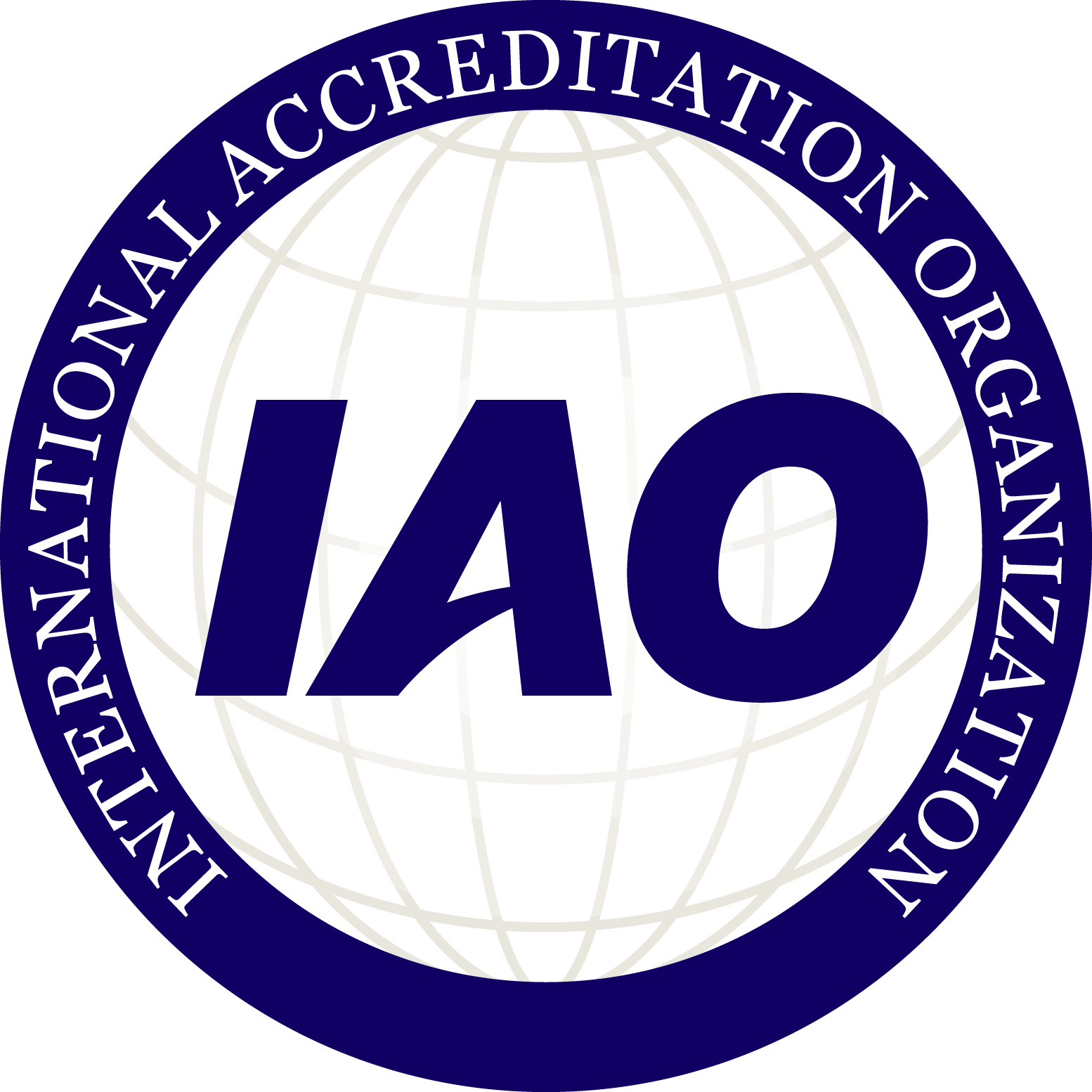The Costs of Production
This means as firms employ more workers, there will come a point where extra workers have a declining marginal product. Production costs are those costs incurred when a business manufactures goods. The three main categories of costs that comprise production costs are noted below. Once these costs are incurred, they are assigned to units produced, and then charged to the cost of goods sold once the goods are sold.
- The COVID-19 pandemic disrupted many sectors of the economy, including labor markets.
- Moreover, monitoring production costs enables businesses to stay competitive in the market by adjusting pricing strategies accordingly.
- The ∆ symbol known as Delta refers to change, so ∆Q is the change in quantity.
- Whereas production managers mostly make do with the total manufacturing cost KPI, management and accounting often need a wider perspective.
Variable costs increase or decrease as production volume changes. Utility expenses are a prime example of a variable cost, as more energy is generally needed as production scales up. Some examples of fixed costs include the maintenance costs of an office building, rent, salaries, interest on loans, advertising, and business rates. If the company has one worker, the production process will be slow.
What is the difference between cost of production and manufacturing costs?
It includes any process or service that creates value, including transportation, distribution, wholesale and retail sales. As the rate of production increases, the company’s revenue increases while its fixed costs remain steady. Therefore, the per-item cost of manufacturing falls and the business becomes more profitable. For example, the production costs for a motor vehicle tire may include expenses how to maximize family time such as rubber, labor needed to produce the product, and various manufacturing supplies. In the service industry, the costs of production may entail the material costs of delivering the service, as well as the labor costs paid to employees tasked with providing the service. For an expense to qualify as a production cost it must be directly connected to generating revenue for the company.
One prominent example of economies of scale occurs in the chemical industry. The cost of the materials for producing a pipe is related to the circumference of the pipe and its length. However, the cross-section area of the pipe determines the volume of chemicals that can flow through it.
Average cost
The best things in life are free, but manufacturing goods cost money. The cost of production of those products isn’t as straightforward as it might seem. The sum total investment that it takes for a business to create a good or service can be surprising.
Production Costs vs. Manufacturing Costs: An Overview
Sometimes costs have both a fixed and a variable component to them. This means that it would be economically viable to produce
more bicycles, as long as the demand is there. At some point, however, the
marginal cost curve will turn upwards and each additional unit becomes more
expensive to produce than the previous one. This means you can either raise
your prices or reduce the volume of production in order to control costs. The average cost (AC) or unit cost is calculated by dividing the firm’s total cost of production by the quantity (Q) of output produced.
Manufacturing Costs
Where L represents all the variable inputs (but we can typically think of the quantity of labor), and K represents all the fixed inputs (but we will typically think of as physical capital). Variable inputs are those that can easily be increased or decreased in a short period of time. The pizzaiolo can order more ingredients with a phone call, so ingredients would be variable inputs.
What Is Cost of Production?
He currently researches and teaches economic sociology and the social studies of finance at the Hebrew University in Jerusalem.
Average Costs
Economic costs include accounting costs (also called
explicit costs), but also take opportunity costs (implicit costs) into account. That means business decisions that have been taken are weighed against their
alternatives and the cost of what has been given up is compared to the benefits
gained from the decision. There are many metrics available for measuring the financial side of the manufacturing process. Whereas production managers mostly make do with the total manufacturing cost KPI, management and accounting often need a wider perspective. An example is an agricultural commodity exchange where many raw products (corn, lettuce, tomatoes) are essentially the same. Firms that produce coffee beans to sell on a commodity exchange are in perfect competition and must take the going market rate on the exchange as given.

